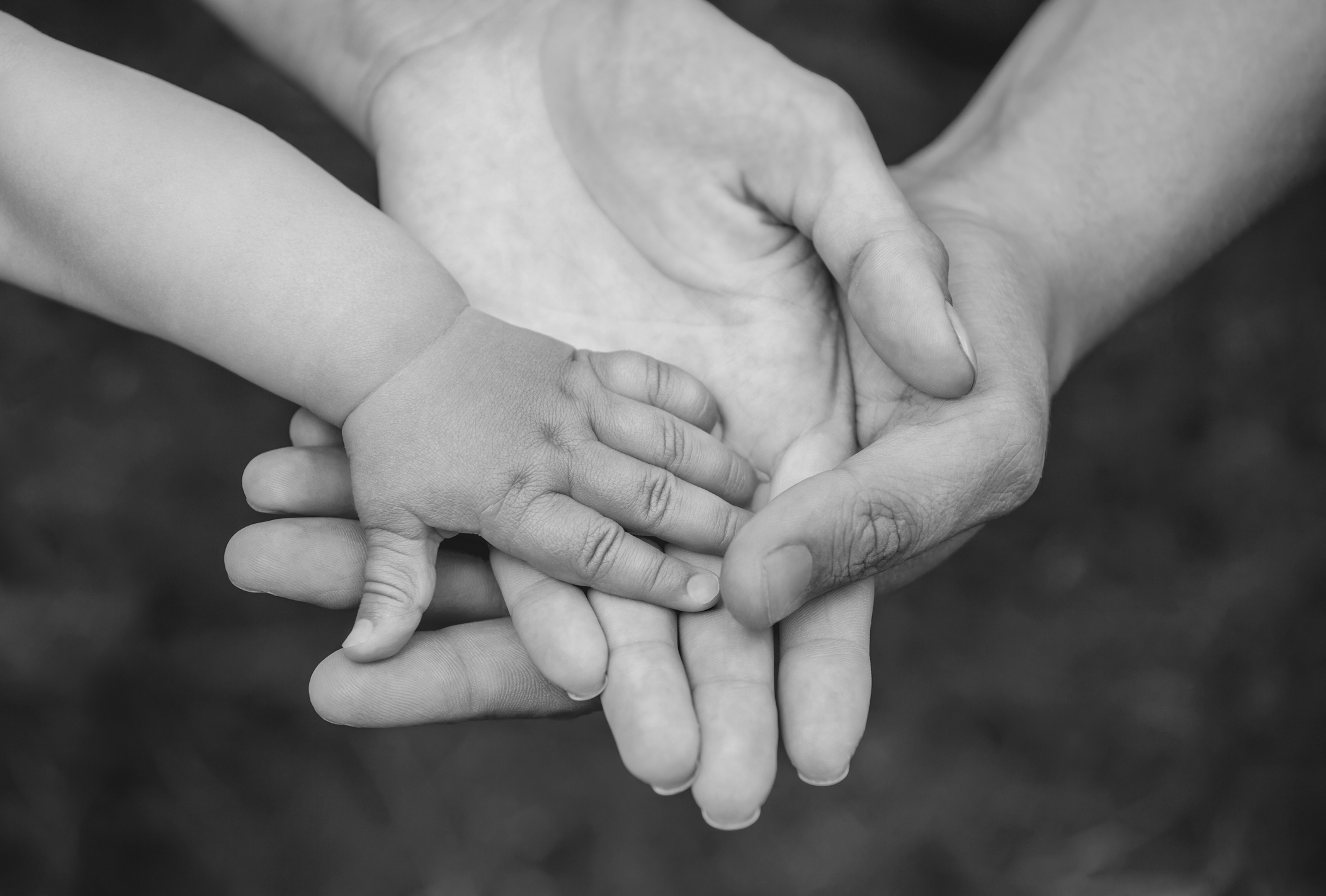Research on The Self-Regulation of Face-Touching: Running a Remote Observational Experiment

Self-regulation is the ability to manage one’s emotional, behavioral, or cognitive responses to the outside world. In a nutshell, it is the ability to resist temptations and urges in favor of higher-order goals.
In March 2020, health authorities around the globe were quick to release recommendations to avoid COVID-19 infections. As many things about COVID-19 were uncertain, several recommendations were based on research on other infectious diseases, some of which are transmitted via smear infections. One of these recommendations that remains on the CDC’s website to this date was to “avoid touching your eyes, nose, and mouth with unwashed hands.”

Avoiding touching your face ain’t easy; even if told or telling others not to do it, people can’t stop touching their face. It is a behavior that can be observed among primates and infants. It is probably innate, serves multiple purposes, and is often executed involuntarily, in a highly automated fashion, and without much awareness until even after the fact. In one study on the subject, researchers observed that students touched their faces almost every other minute, with around two-fifths of these touches including mucosal membranes, the main point of infection. And by the way, these were medical students who all attended an infection control course within the last year!
In the following, we present a remote observational study on implementing the recommendation to avoid face touching that we ran at the beginning of the Summer of 2020, published in Psychology & Health. A video presentation of this work is available here.
If a research question arises, then I will investigate it!
In our group’s research on motivation, we investigate how specific if-then plans, known as implementation intentions, that specify the when, where, and how to act, might help people overcome obstacles or cease unwanted behaviors in their daily lives.
In such plans, people link a critical situation with a goal-directed response in an if-then format. For instance, if you want to put flossing into your nightly routine before going to bed, you might consider forming the following plan: If I am finished washing my face, then I will floss. Provided you wash your face after touching it all day.
The critical situation can be both a suitable opportunity to act or a potential obstacle standing in the way of goal achievement. Linking the critical situation to a goal-directed response leads to increased detection of suitable opportunities and faster, more efficient, and automatic initiation of goal-directed responses when encountering the pre-specified opportunity.

Research across many domains has shown the effects of if-then plans on various behaviors. For instance, they helped decrease smoking, alcohol use, or snacking, while they helped increase healthy eating or cancer screening attendance. In a meta-analysis of meta-analyses, we found an effect on behavior of d = 0.54. This effect size is roughly comparable to the difference in weight between men and women in the US. Thus, we were highly interested in testing whether such plans would effectively reduce the occurrence of face touching.
Running Lab Research During a Pandemic? Impossible.
Typically, we would design a laboratory study to investigate this question, as it is crucial to observe participants’ behavior instead of relying on their self-reports or assessing the critical data in any other way. However, in compliance with the health authorities’ recommendations, universities and many other well-frequented places were closed, and we all went to work from home. So, we had to search for an alternative.
The only two options left were to devise a clever measure where participants could indicate how often they touch their faces per self-report or to observe such behavior directly. The former option comes with severe methodological problems: Participants would be much more aware of the topic of investigation or feel highly (self-)monitored and would therefore behave very differently than otherwise. So, we had to resort to methods of remotely observing our participants’ behavior.
Running an observational study in a remote setting? Possible, with caveats.
Using a remote webcam capture service, we devised an experiment in which we could gather data on our research question. We sampled participants from Amazon’s Mechanical Turk using CloudResearch’s MTurk Toolkit, advertising the study with the explicit remark that webcam recordings would be made and a functioning webcam would be required to participate.
At the beginning of the experiment, participants read more information on the webcam recording. Then, in an unrecorded trial run, they were able to see which parts of their environment would be in the recording and had as much time as they needed to adjust.
After the trial run, our procedure went as follows:
- All participants worked on a baseline task for four minutes with their webcam on. The baseline task was randomly chosen from a set of three tasks.
- After the baseline task, participants read information from the CDC on avoiding COVID-19 and were asked to form the goal to avoid face touching (“I want to keep my hands out of my eyes, nose, and mouth”).
- Depending on the experimental condition, some participants were randomly assigned to supplement their goal with either a frequency-focused plan (“If I see one of my hands going toward my face, then I will rest it somewhere else.”) or a duration-focused plan (“If I feel one of my hands on my face, then I will rest it somewhere else.”).
- These plans were designed to either prevent all face touching (i.e., the frequency-focused plan) or to at least limit the contact time between the fingers and the face (i.e., the duration-focused plan).
- After all instructions, participants worked on two other tasks, again for four minutes each and while being recorded.
The results were unambiguous: We observed around 0.84 touches per minute across roughly 31 hours of video material. Touches were usually between 10 and 15 seconds long, meaning participants spent almost 6 hours touching faces. However, not all hope is lost. While participants were able to slightly reduce their face touching from the baseline to the subsequent tasks, this was primarily driven by a reduction in participants with a duration-focused plan. No such reduction occurred for participants with no plan or a frequency-focused plan.
One caveat here is that participants who were later randomly allocated to the duration-focused plan condition spent more time touching their faces during the baseline task than the other two groups. Thus, they had more room to improve.
Remote Work as a Research Psychologist: Challenges of Remote Observational Experiments
Because of the sensitivity of video recordings, we were sure that participants would have reservations about participating in our experiment. We counteracted this with very detailed and explicit study descriptions and information on data security. So, every participant who began the survey and landed on the informed consent page advanced to the video warm-up phase.
As alluded to above, participants were given a warm-up phase that was not recorded to become more comfortable with the video recording. We observed one-third of dropouts during this warm-up phase, and virtually all other dropouts occurred during the baseline task. This led to completion rates that were substantially lower than our usual completion rates.
The necessity of having a functioning webcam further complicated our endeavor. We tested our implementation on as many devices as we could find but, in the end, had to limit usable browsers (excluding Apple’s Safari). We added various fail-safe mechanisms to allow participants to move on in the experiment even when the webcam would not have signaled a complete recording. In the end, this cost us a lot of the participants’ video recordings because they were cut short or were not appropriately saved by the video capture service.
Speaking of unusable videos, we safeguarded ourselves by adding a monetary bonus to the experiment that was only paid when the video recording was successful, or the fault did not lie with the participant. Nevertheless, out of roughly 250 completed surveys, around 10% of participants did not show their faces for the whole recording, or the recordings were too dark and not usable.
Five Tips for Running Successful Remote Observational Studies
Regarding the data collection, our data collection was fast and far superior to laboratory investigations in terms of speed. Of course, we had to watch more than 30 hours of video material, with some of it unusable because of missing control over setups or recruitment that would have been given in a laboratory setting. However, running this study as a lab study, which was impossible due to the pandemic restrictions, would have taken even more time, both for experimenters and the participants.
We encountered some problems with lower-than-usual completion rates and unusable video recordings. Still, not many resources were wasted because of the speed and low costs of such an online experiment. In the end, we aimed for participants pay of about $12 per hour (~$4 for our 20-minute experiment) and paid about $120 extra for the videorecording service. That’s less than 7 cent per recorded minute.
Because it is always better not to repeat mistakes, here are five takeaway tips we want to share with you as a reader:
- Be open-minded and patient: You have to find the right software but you also have to plan at least a week of troubleshooting and extensive testing with different setups and devices. And it takes some time to adapt even the best software to your specific research question.
- Be mindful and realistic: Most methods have significant upsides but also limitations. Be mindful of what you want to investigate and whether this can be done over a webcam recording.
- Be explicit and thorough: Make as much about your procedure known to potential participants as possible so that they can decide beforehand whether to take part in an observational study.
- Be kind and generous: Streaming your video feed to unknown people claiming to be researchers might make people uncomfortable. So make sure that people feel safe and that you appear trustworthy. And pay them well.
- Be awesome. Everything ought to be.
Conclusion and Final Thoughts
Regarding the research question, we showed that specific if-then plans might help reduce face touching if there was room for improvement, even though face touching seems an automatic and involuntary behavior. This is an essential starting point for future research and another piece of evidence showing that self-regulation might be critical to many challenges and obstacles of our daily lives.
In sum, not only because we had no other realistic alternatives, observing participants’ behavior through their webcams rendered an excellent opportunity to investigate the research question of whether specific if-then plans can help to reduce behavior that risks a COVID-19 infection. Our experiment shows that such plans did help to achieve reduced durations of face-touching events compared to the baseline when there was room for improvement. Finally, we utilized a rather unusual method that allowed us to observe actual behavior inside participants’ homes.

